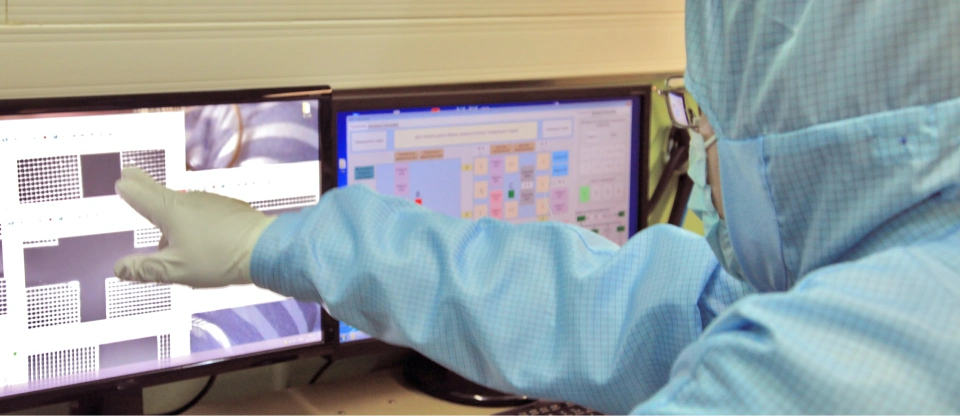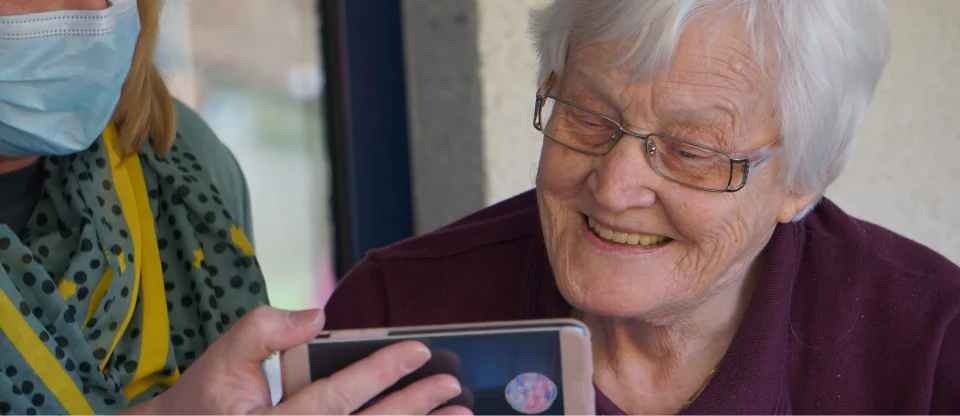Patient engagement in healthcare is the art of getting patients to get actively involved in their medical care pathways. It goes beyond the traditional patient-provider relationship, and is focused more on encouraging collaboration and shared decision-making between healthcare professionals and patients. All patient engagement strategies are based on the belief that engaged patients understand their illness better and are therefore more inclined to follow their treatment plans. Improving patient engagement helps patients make informed choices about their health.
Published on: 13 Sep 2023








